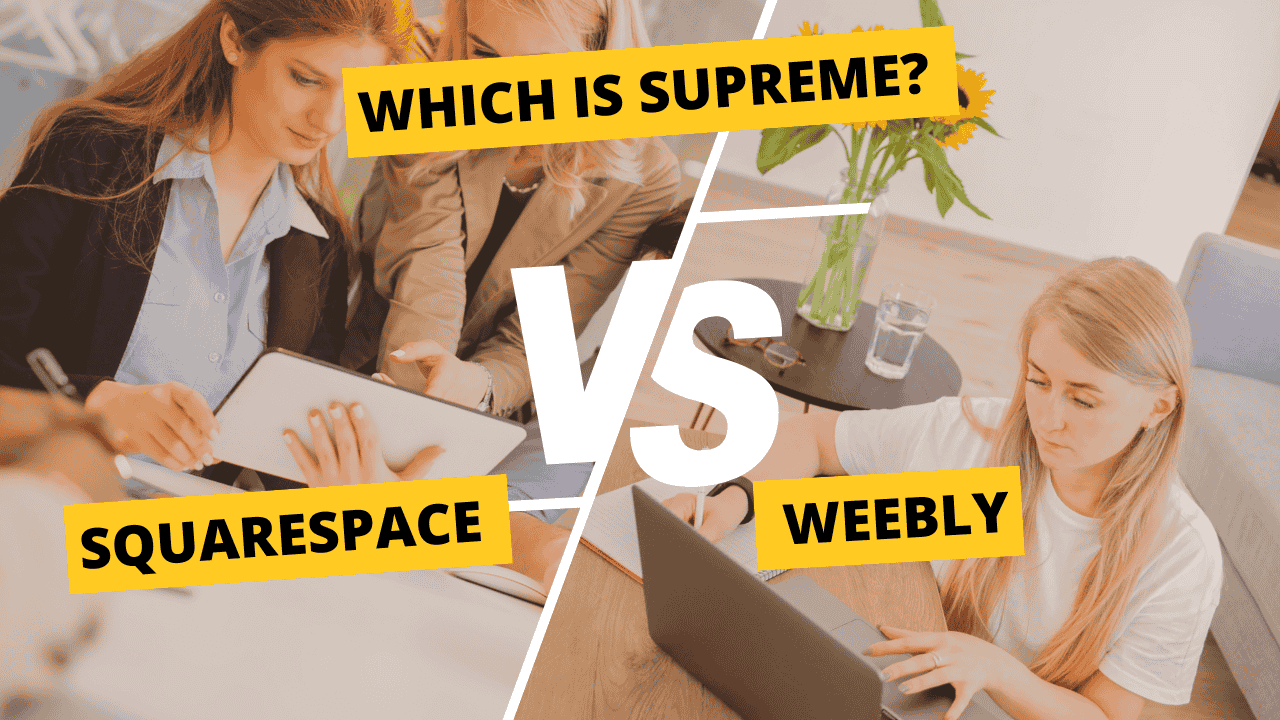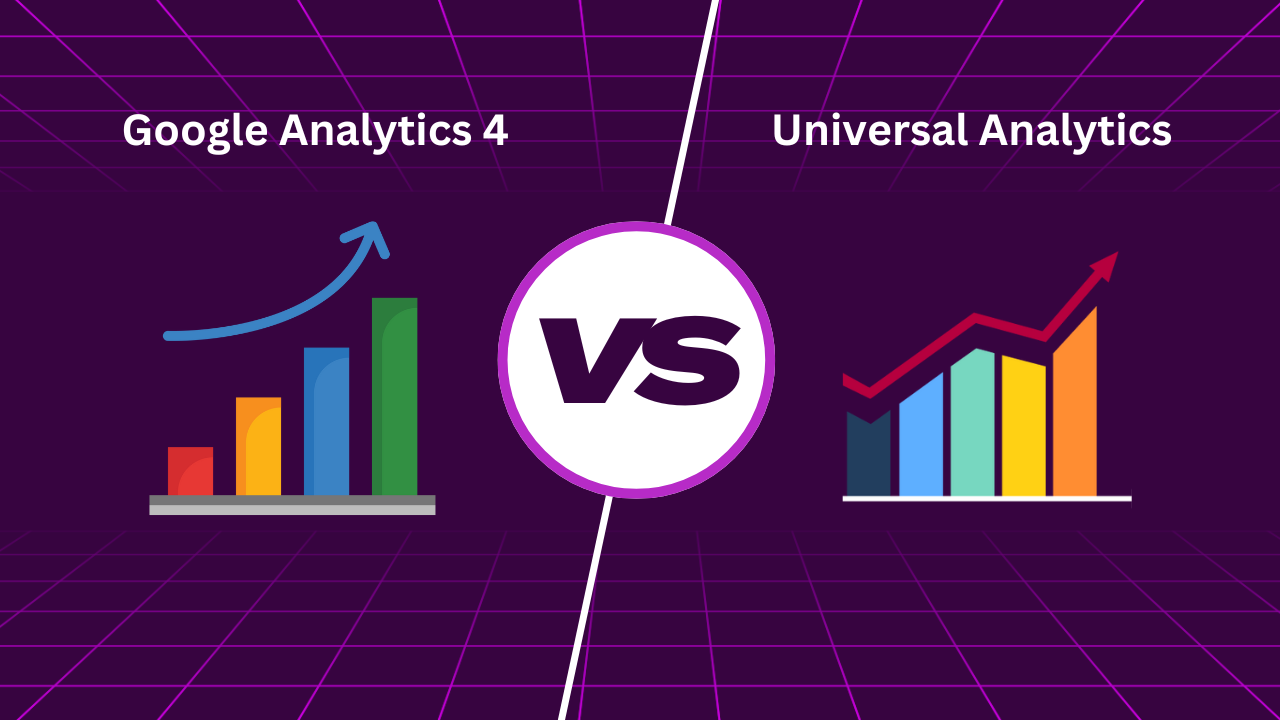It is truly vital to have content that is streamlined. Your content ought to be set up such that it assists it with appearing high in web search tool results and carries more individuals to your site. Site design improvement includes utilizing various techniques and plans to make your content more apparent and significant.
What Is Content Optimization?
Content streamlining is the demonstration of upgrading and refining the content on a site to make it more noticeable and important in web search tool rankings. It includes techniques like investigating catchphrases, On Page Website optimization and making content that is enjoyed by the two pursuers and web crawlers. A definitive target is to support natural traffic and accomplish better web index rankings.
Why is Content Optimization Important?
Content improvement is significant in light of the fact that it assists your site with acquiring higher perceivability in web crawler results. At the point when your content is all around streamlined it turns out to be more significant and interesting to both web search tools and clients.
This can prompt expanded natural traffic to your site, further developed web search tool rankings and at last more open doors for your business to reach and draw in with your main interest group.
Keyword Research: The Foundation of SEO
Keyword research is the foundation of any successful SEO strategy. You can align your website with the search intent of your target audience by identifying the right keywords relevant to your content. Start by using keyword research tools to discover high volume keywords with moderate competition.
Analyze long tail keywords which are more specific phrases that can bring in targeted traffic. Additionally, consider user intent when selecting keywords as it affects the type of content you should create.
Tools with Content Optimization Features:
Some popular tools with content optimization features include:
- Yoast SEO
- SEMrush
- Moz
- Google Search Console
On-Page Optimization: How to Optimize Content?
SEO is the main component of digital marketing. Focusing on following components of SEO will help you optimize your content:
Title Tags and Meta Descriptions
Title tags and meta descriptions play a crucial role in optimizing your content for SEO. Craft compelling title tags that include your target keyword and accurately describe the content of the page. Keep the title tag length within the recommended character limit to avoid truncation in the SERPs. Similarly, write concise and persuasive meta descriptions that entice users to click through to your website.

Heading Tags and Structure
Proper use of heading tags (H1, H2, H3, etc.) helps search engines understand the structure and hierarchy of your content. Include your primary keyword in the H1 tag, and use relevant secondary keywords in subsequent heading tags. Organize your content with clear headings and subheadings to enhance readability and user experience.
URL Structure
Optimize your URL structure by including relevant keywords and making it concise and descriptive. Short, keyword-rich URLs are more user-friendly and easier for search engines to crawl and understand.
Keyword Placement and Density
Strategically place your target keywords throughout your content, including in the first paragraph, headings, and body text. However, avoid keyword stuffing, as it can negatively impact your rankings. Maintain a natural and conversational tone while incorporating keywords.
Content Quality and Relevance
High-quality, informative, and relevant content is key to outranking competitors. Craft comprehensive articles that provide value to your readers. Include data, statistics, case studies, and expert insights to make your content more authoritative and trustworthy.
Internal and External Linking
Internal linking helps search engines discover Content Optimization and navigate through your website while establishing relationships between different pages. Include relevant internal links within your content to guide users to related articles or resources on your site. Additionally, leverage guest posts or external linking to reputable and authoritative sources to enhance the credibility of your content.
How do I Know if my Site’s Content Needs Optimization?
To determine if your site’s content needs optimization, consider these indicators:
- Low search engine rankings
- Low organic traffic
- High bounce rates
- Poor conversion rates
Conclusion
Enhancing your website for content optimization is a multi-layered process that expects meticulousness and a profound comprehension of your main interest group. Keep in mind, Website optimization is a continuous exertion, so consistently screen your rankings, adjust your systems, and remain refreshed with industry best practices to keep up with your strategic advantage. Blogger outreach is the best way to reach your potential clients.


